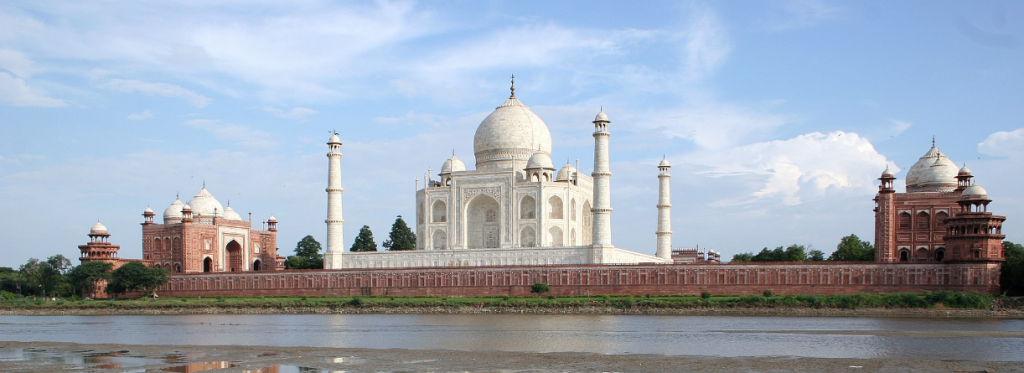A VISIT TO AGRA IS WORTHWHILE TO SEE INDIA’S RENOWNED TAJ MAHAL.
India has always been my dream travel destination, and in January 2023, I finally had the chance to visit after the online e-visa system became available to UK residents again. Although I had always wanted to see the Taj Mahal in Agra, Uttar Pradesh, I began to question whether it would live up to my expectations. Would it be as awe-inspiring as I had imagined, or would it be too crowded and not worth the trip?
TAJ MAHAL AGRA DIRECTIONS
Although I had been advised that Agra was not particularly noteworthy, I planned to spend a night there and visit the Taj Mahal the following morning before moving on to Jaipur.
To my pleasant surprise, I discovered the Coral Court Homestay, a charming accommodation where my husband and I were warmly welcomed with smiles and cups of chai. Our room, adorned with handmade textiles and equipped with a heater for the chilly winter nights, was clean and unpretentious.
Coral Court’s family-style dinner was a comforting respite from Agra’s bustling, narrow streets.
Our hosts were gracious enough to arrange an official English-speaking guide for us, for which we paid 1,500 rupees (£15.00) in addition to the current entrance fee of 1,100 rupees (£11) for foreigners.
AN EPIC LOVE STORY
We quickly passed through security and the ticket queue, receiving shoe covers and bottled water before our guide, Vishal, led us to the South entrance. Stopping before the majestic sandstone gateway, he shared the story of the Taj Mahal’s creation.
The Mughal Emperor Shah Jahan built the Taj Mahal between 1631-1653 on the Yamuna River as a mausoleum for his third wife, Mumtaz Mahal, who died giving birth. Over 22 years, Shah Jahan devoted himself to the construction of the monument, with its white marble dome that changes color with the light.
Up close, I was struck by the intricate details, such as the metallic geometric patterns, Arabic calligraphy, and marble inlaid with precious gems and floral motifs. Over 20,000 workers from India, Persia, the Ottoman Empire, and Europe were employed to complete the symmetrical Taj Mahal complex, which Shah Jahan intended to have a black marble mausoleum opposite to house his own remains.
However, his plans were halted when his son Aurangzeb deposed him in 1658, and Shah Jahan was imprisoned in Agra Fort, where he could only look upon the Taj Mahal through a single window. After his death, his daughter buried him in a slightly off-center tomb next to Mumtaz Mahal’s. Despite this imperfection, the Taj Mahal and its surrounding mosques and gardens were stunning.

WOULD YOU SAY THAT THE TAJ MAHAL IS A WORTHWHILE DESTINATION?
Definitely. While the Taj Mahal is celebrated as one of the seven wonders of the world, for individuals like myself who adore a captivating romantic comedy, it represents the backdrop of one of the most extraordinary love stories in the world. This location embodies a love that has endured long after Shah Jahan’s passing.
Even today, the Taj Mahal closes every Friday to allow nearby artisans to preserve its magnificence. Amidst a country bursting with a plethora of sounds, hues, and aromas, the Taj Mahal offers a delightful escape into captivating narratives and tranquility.

